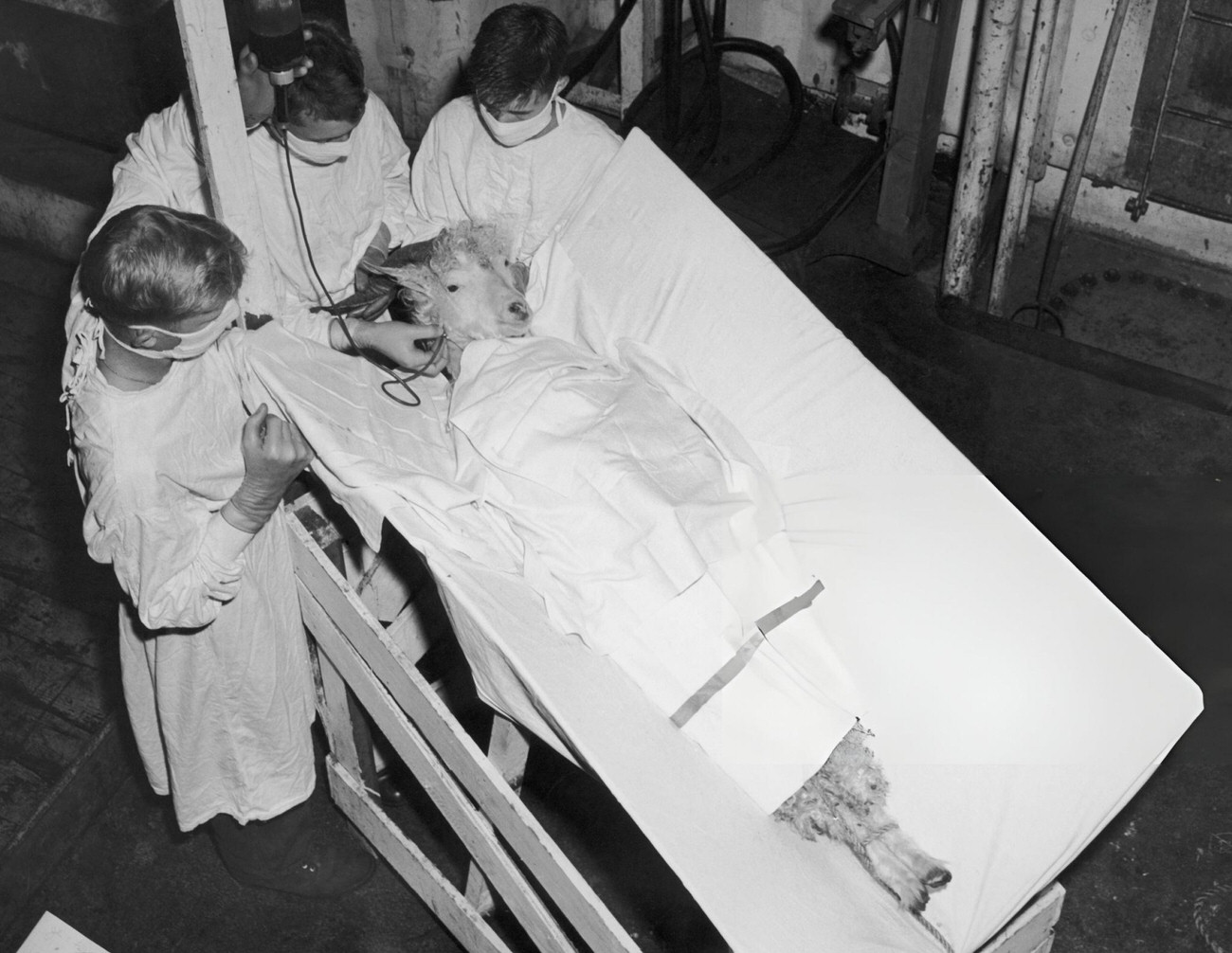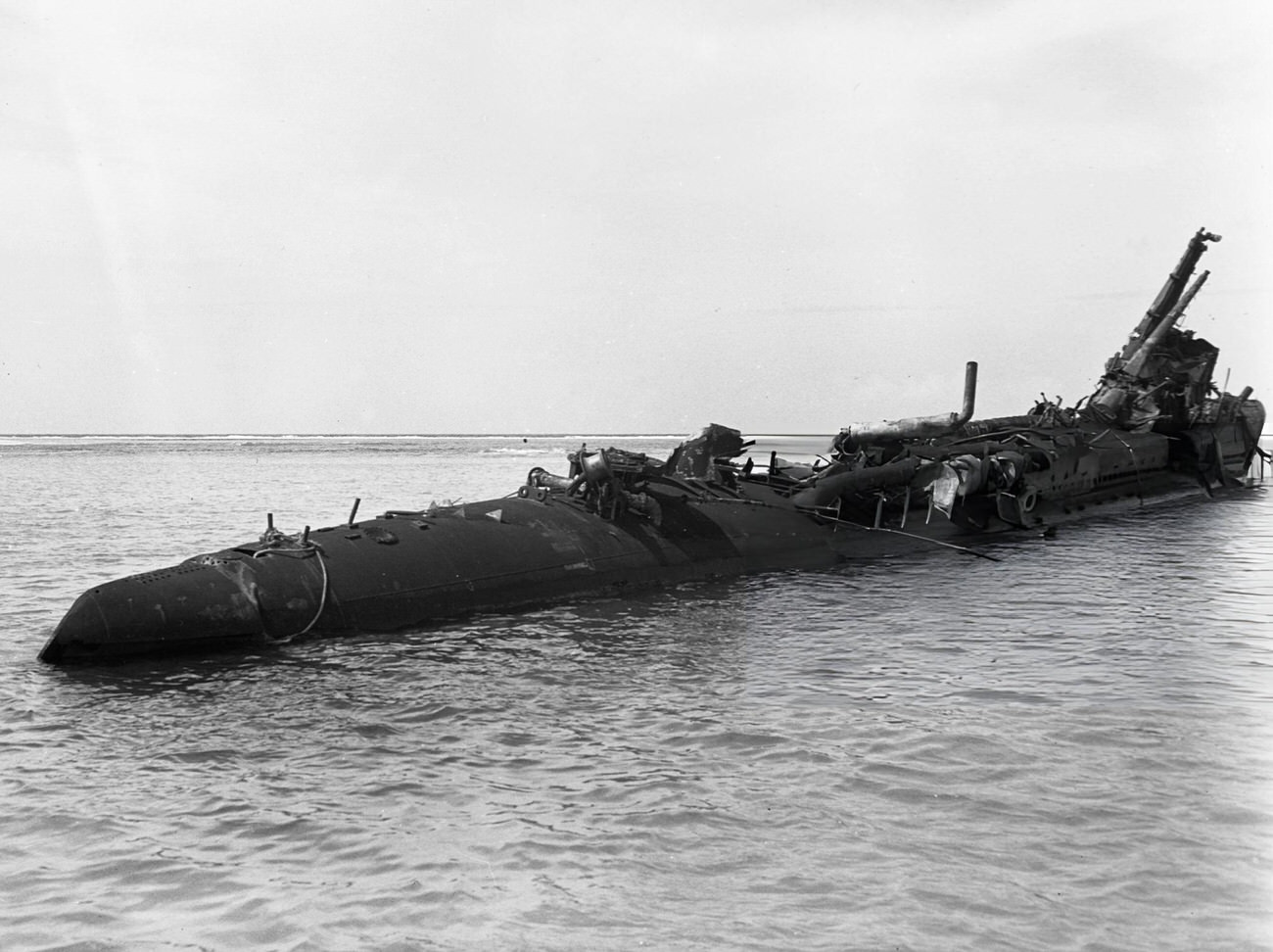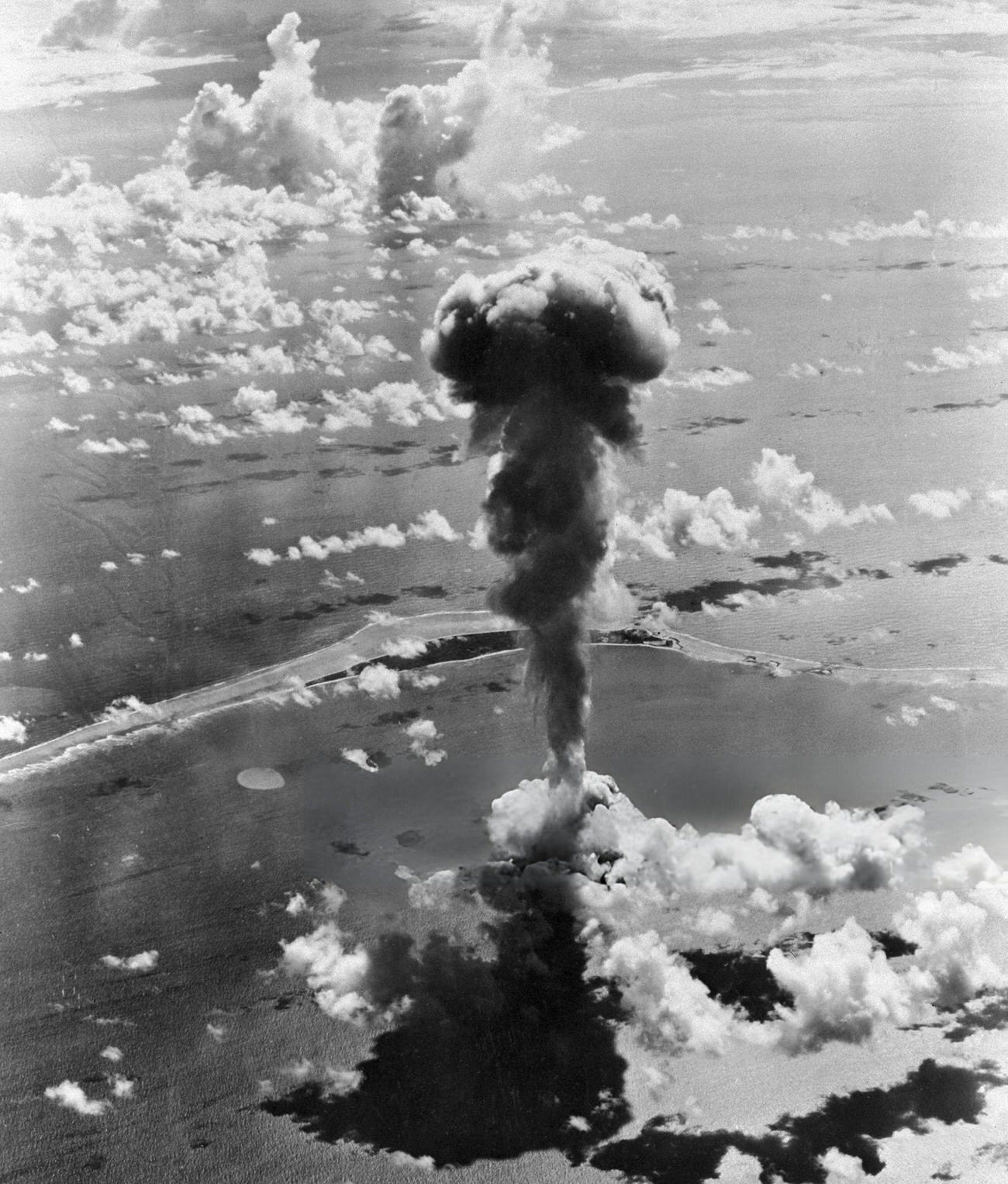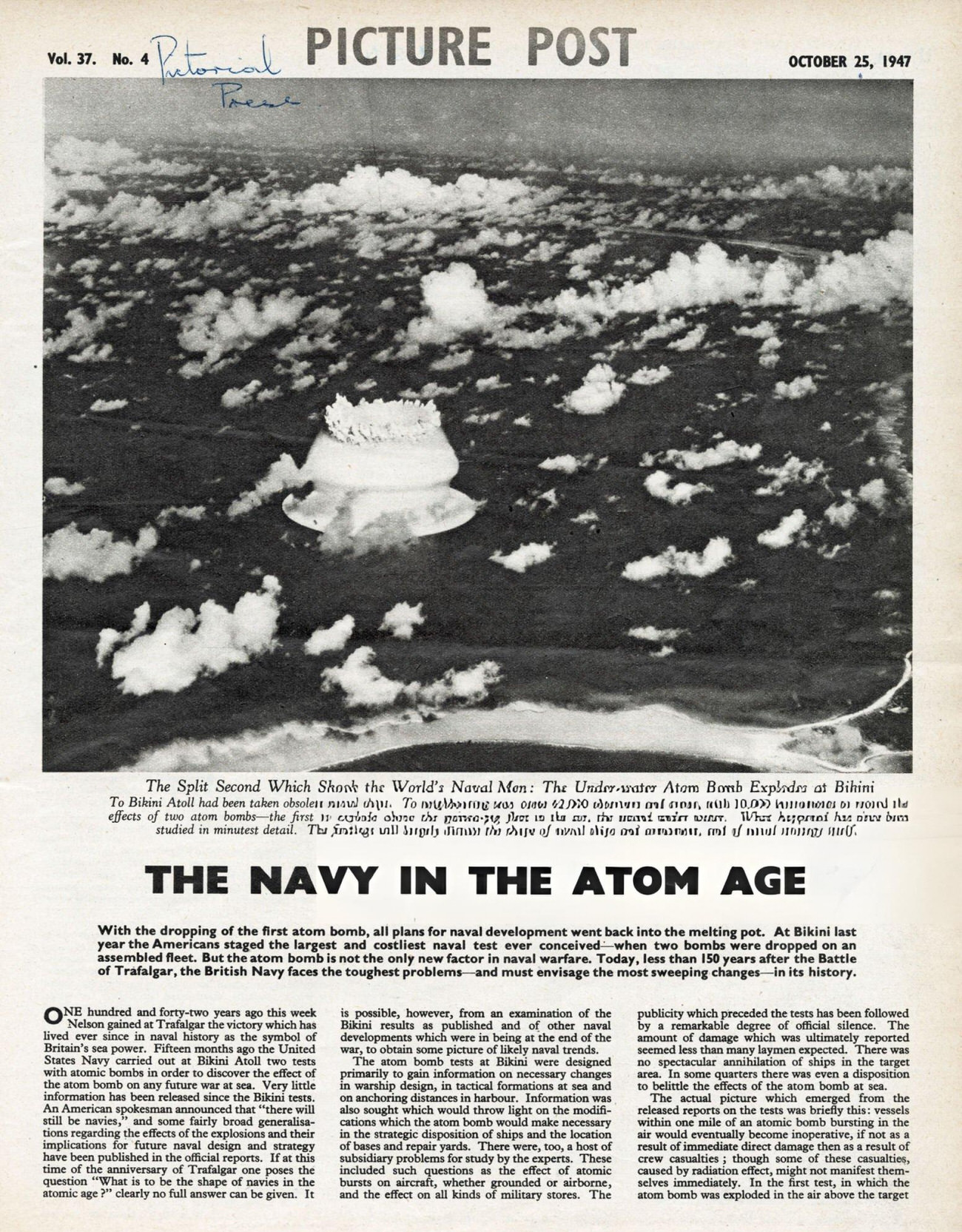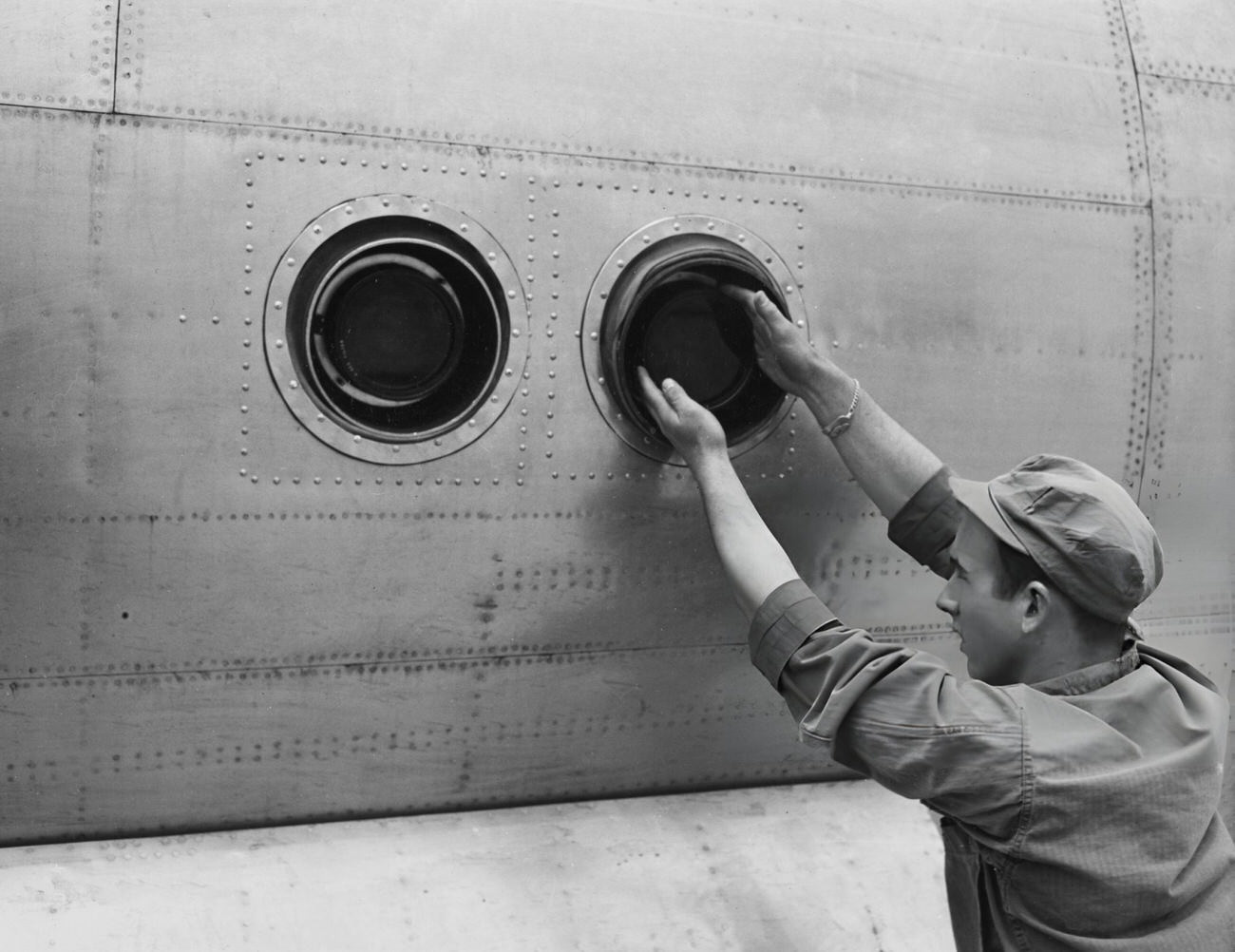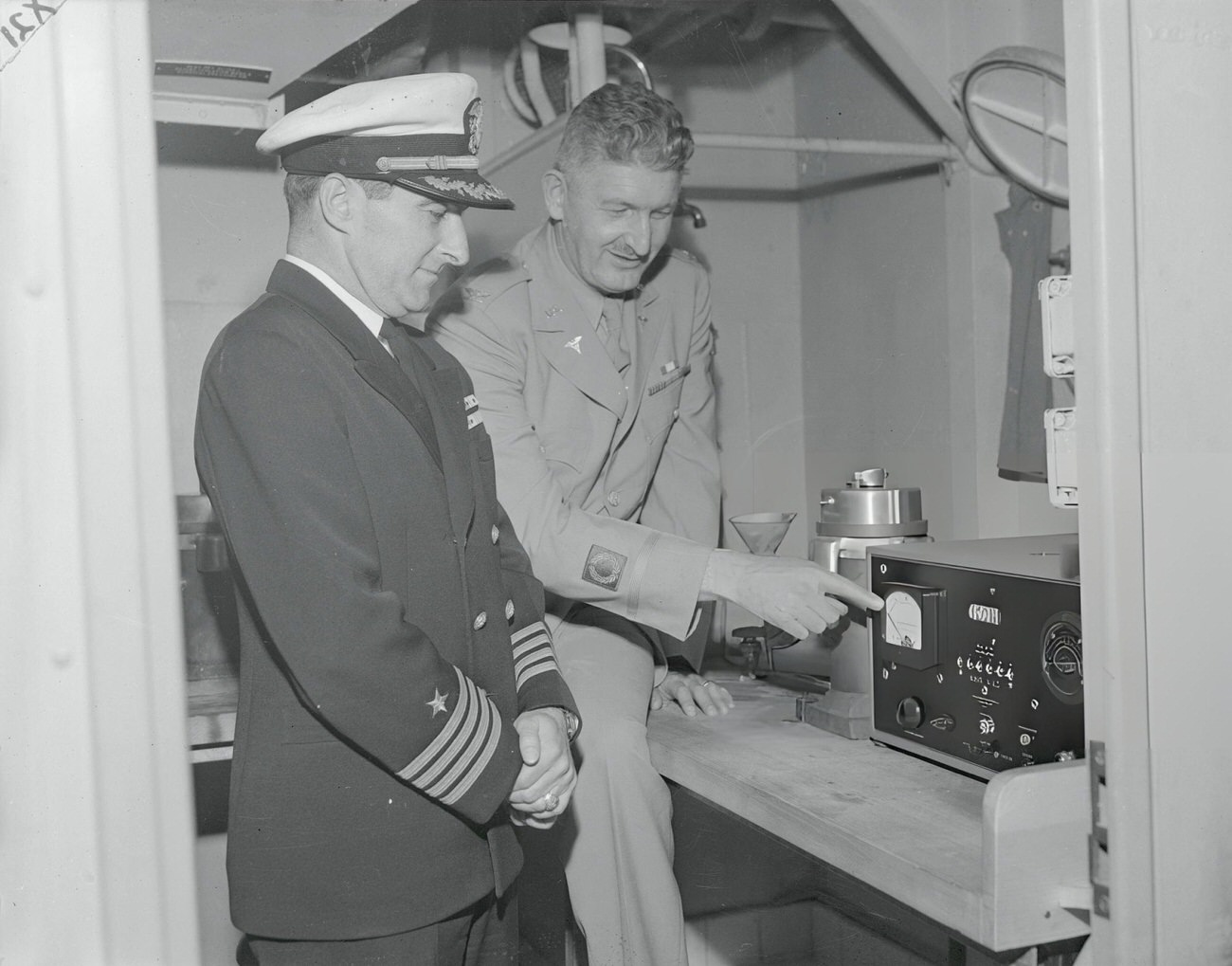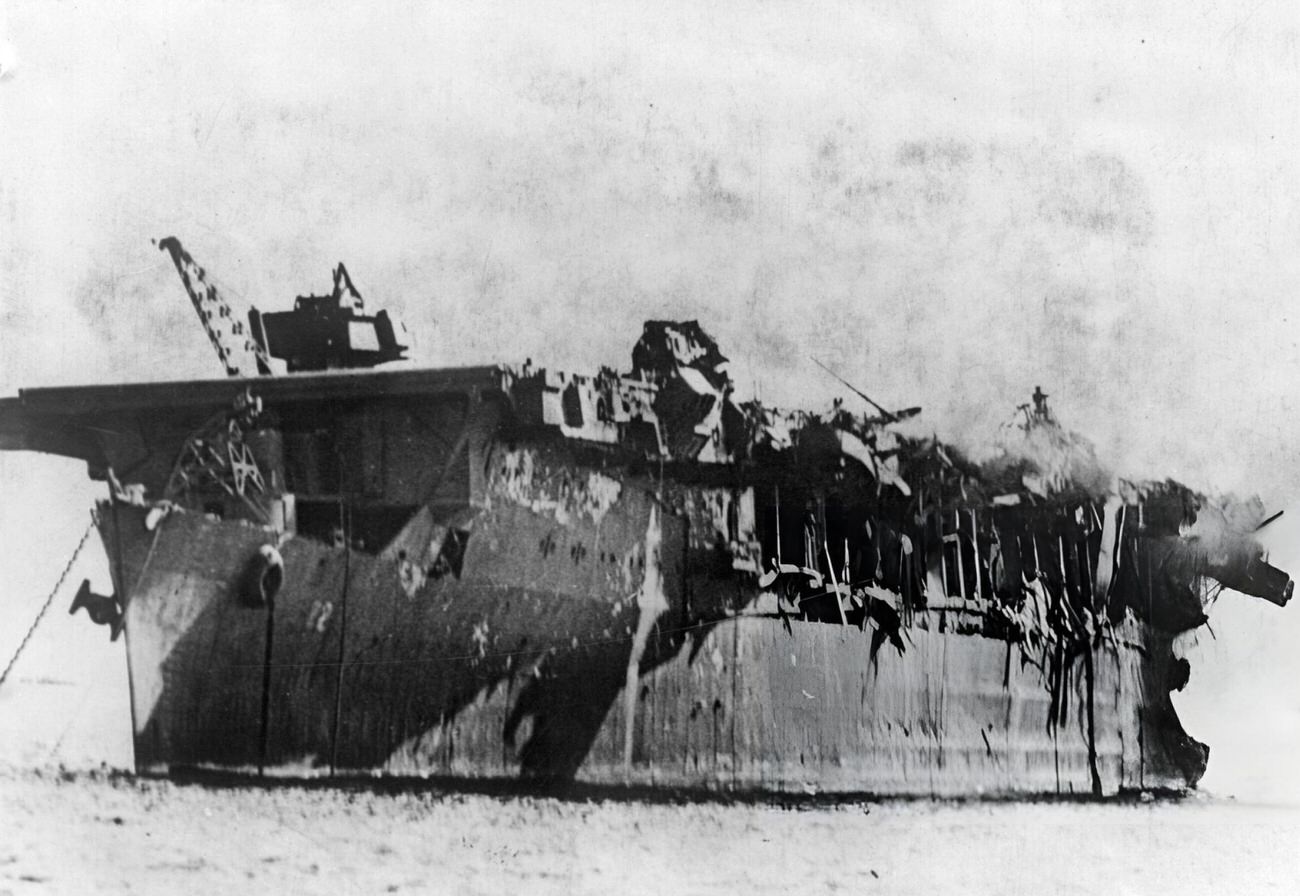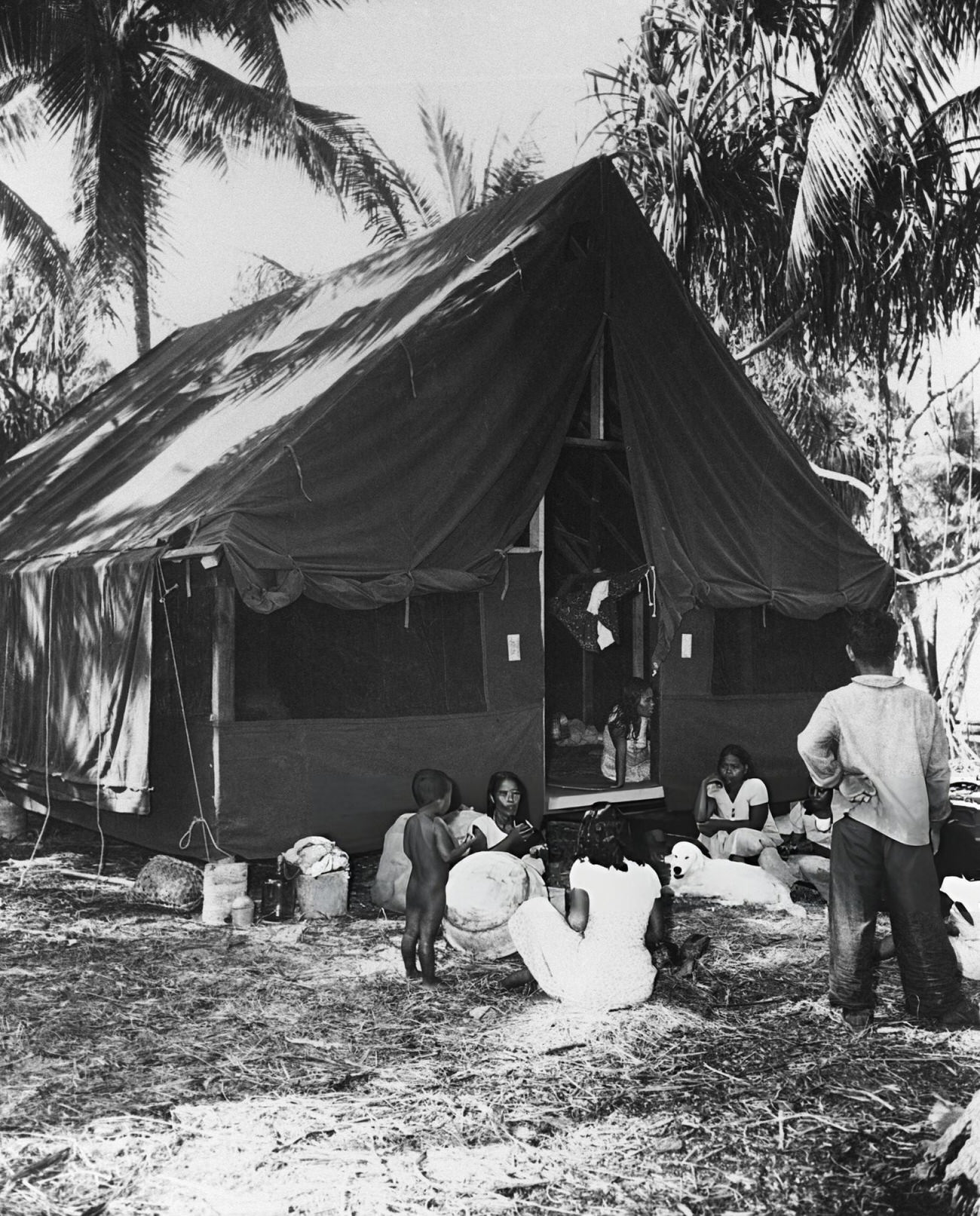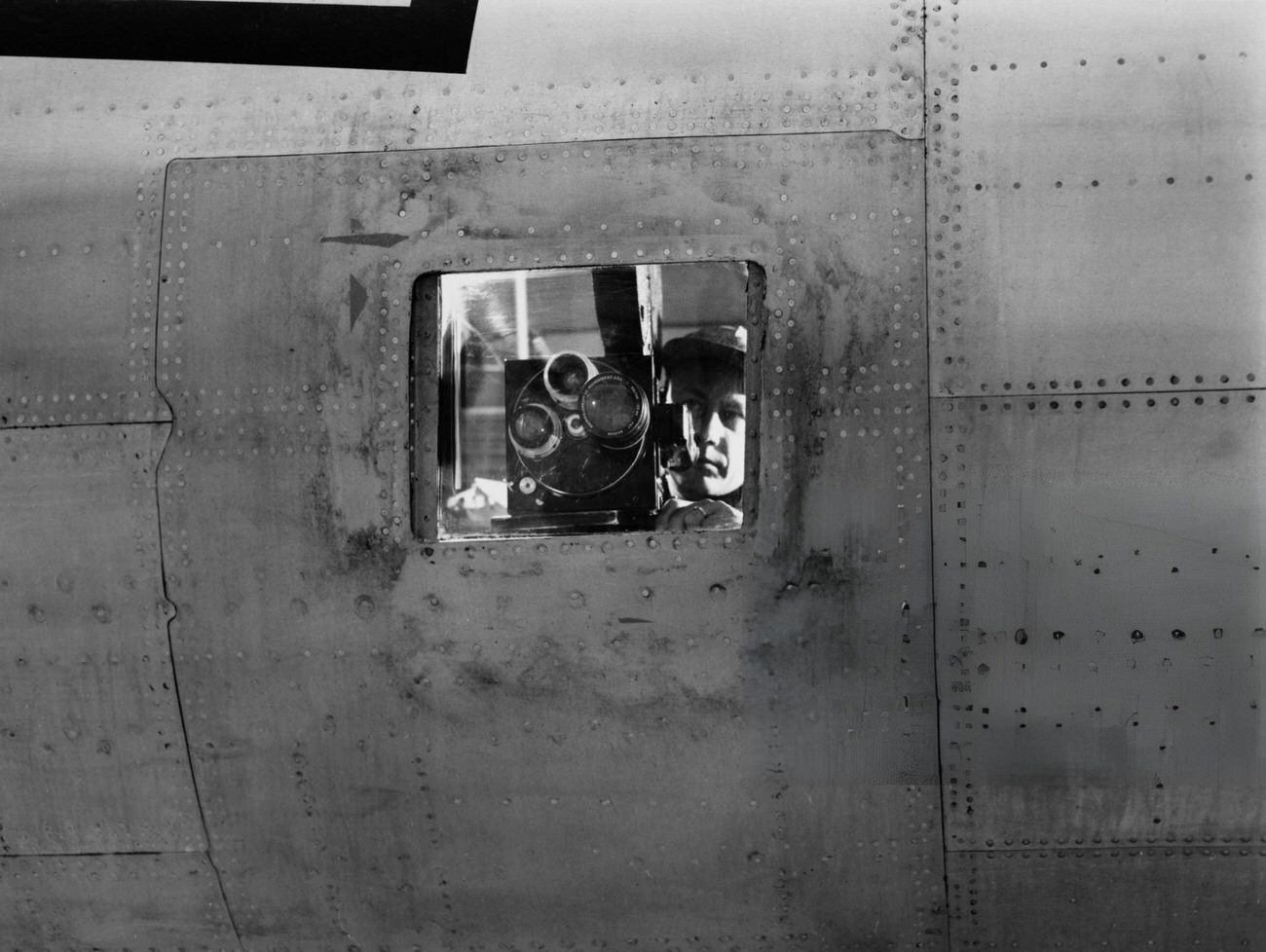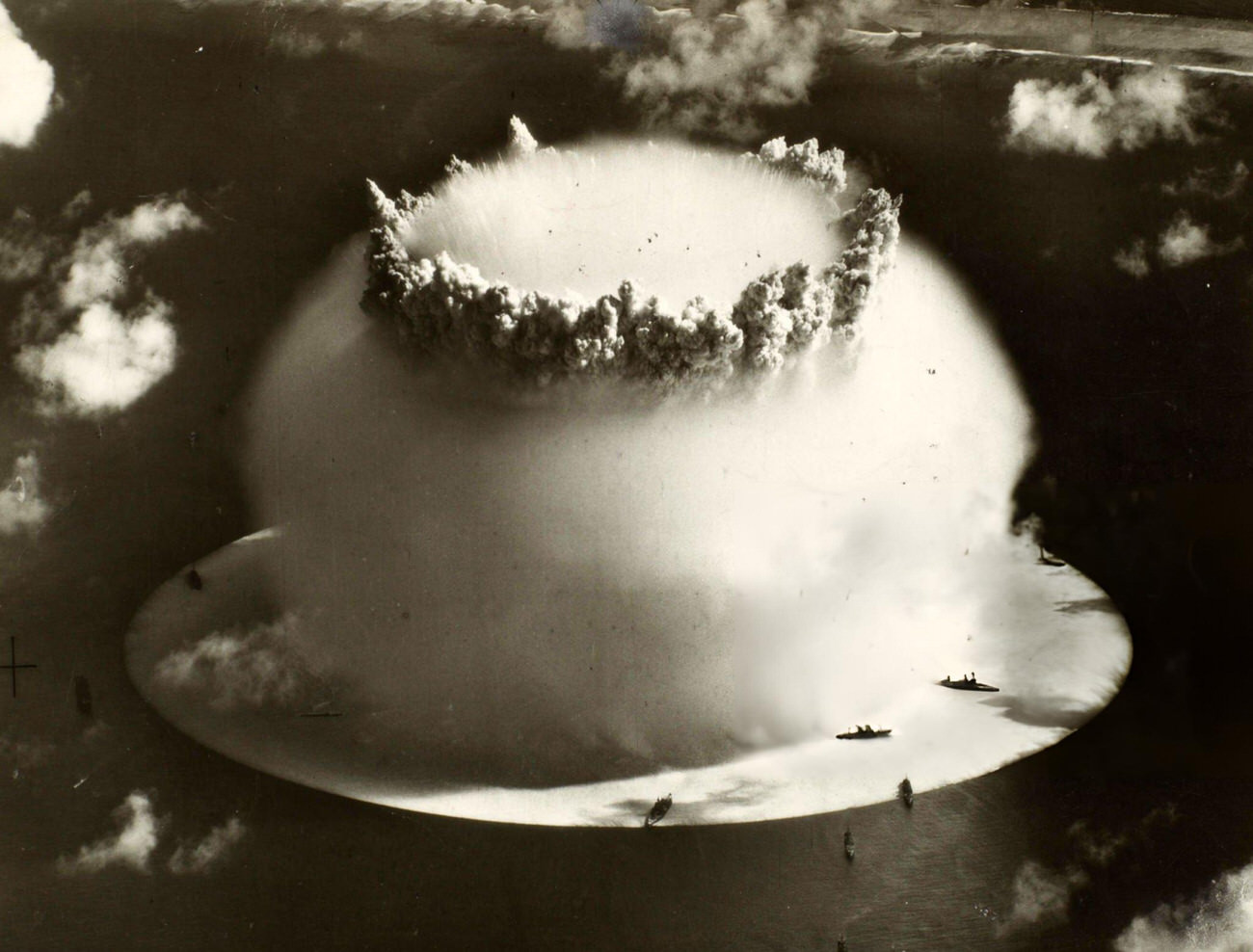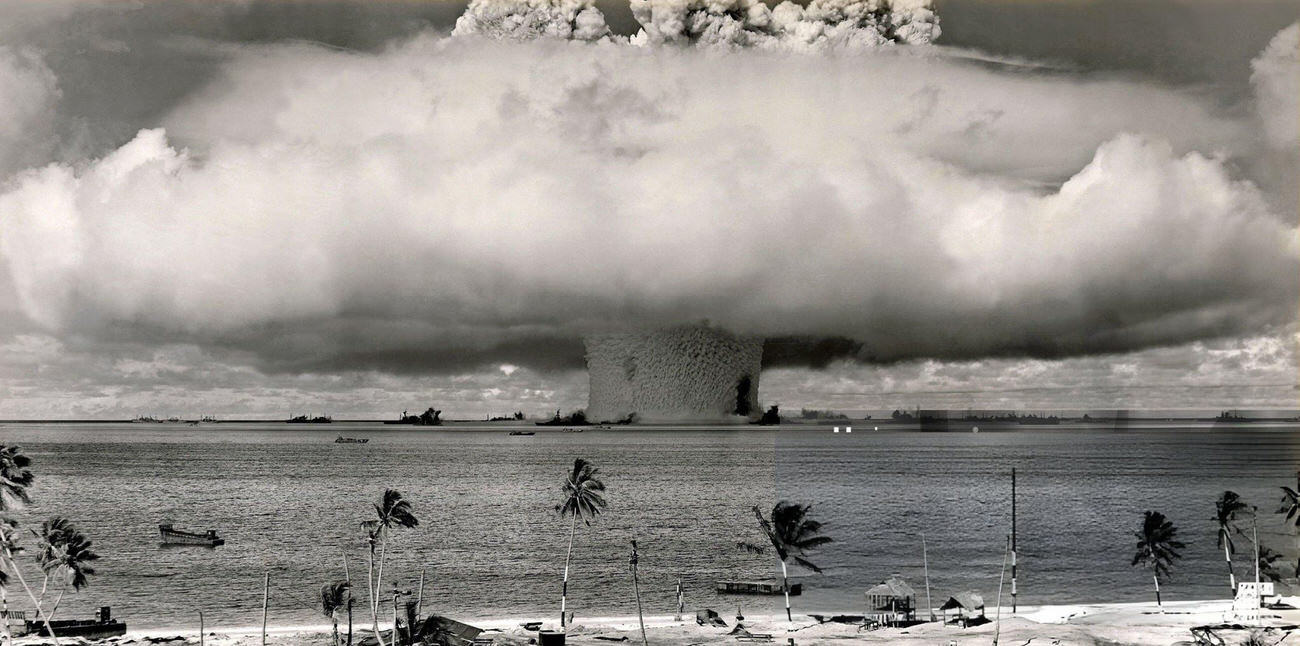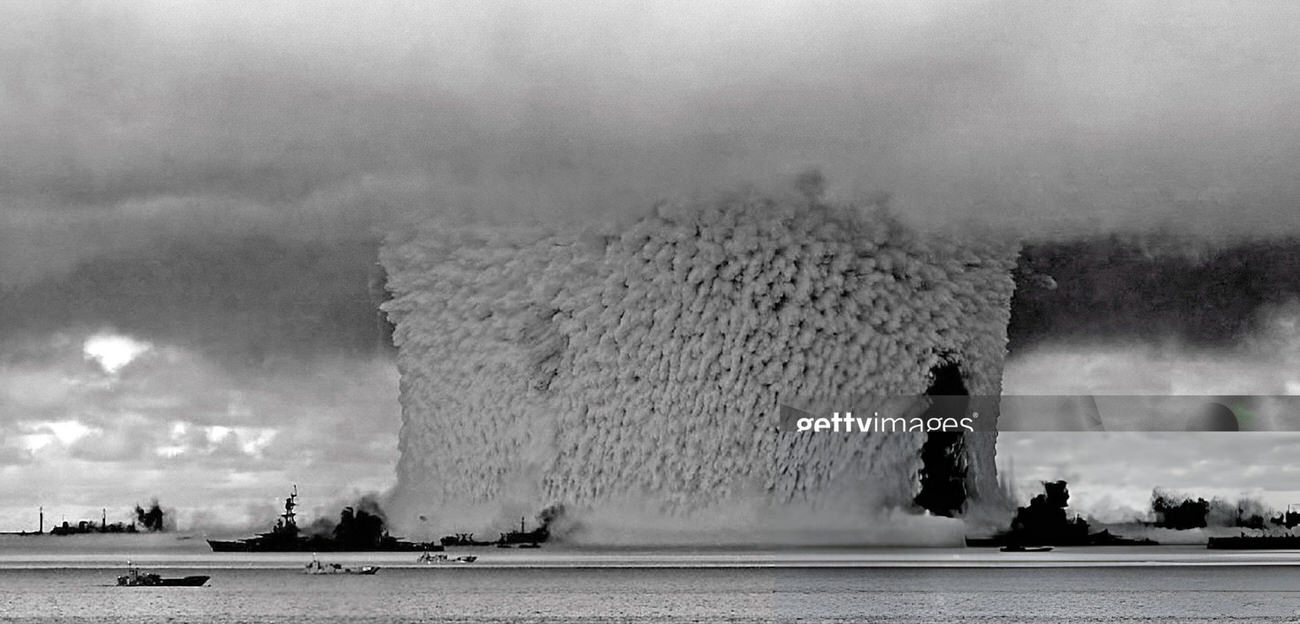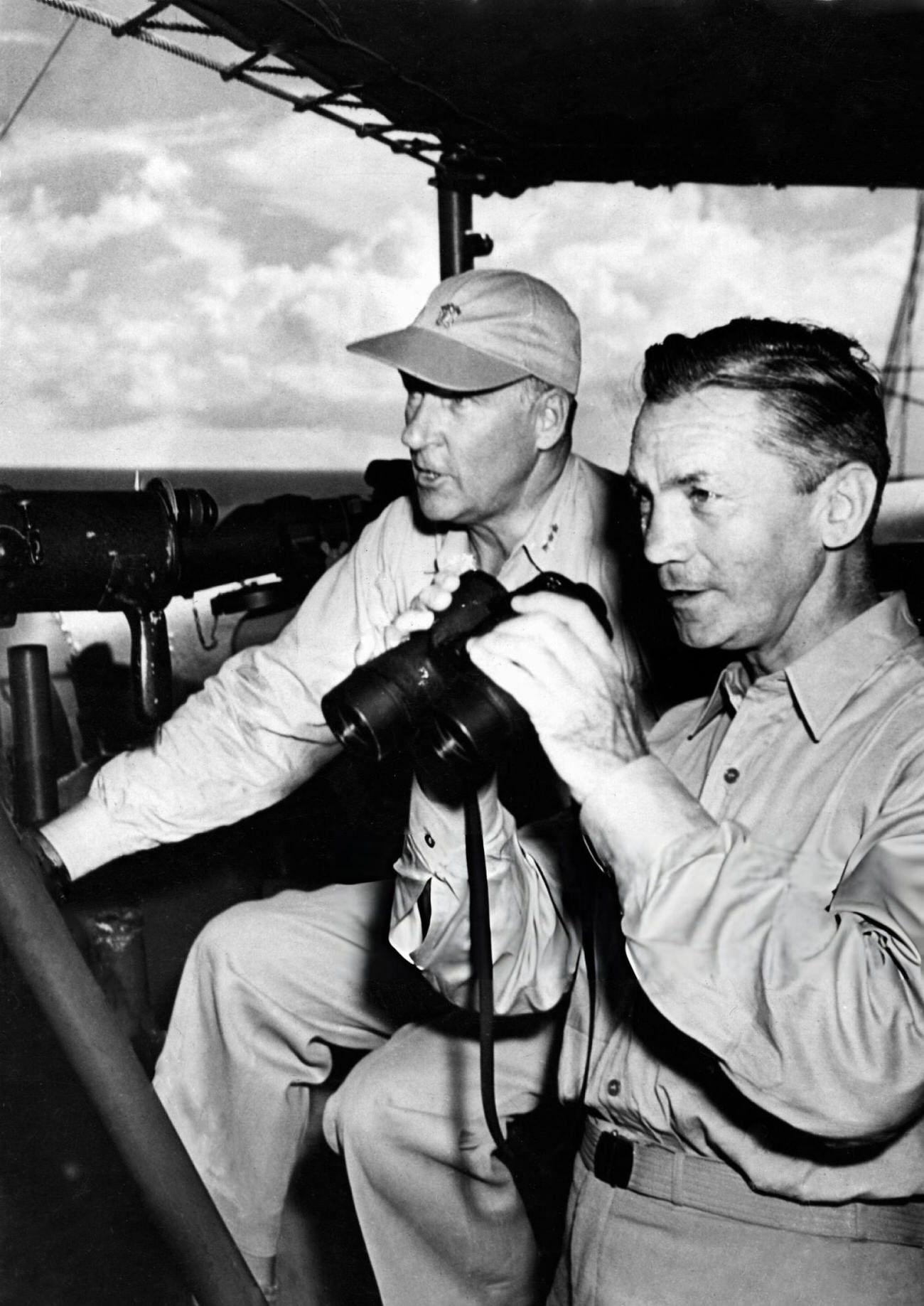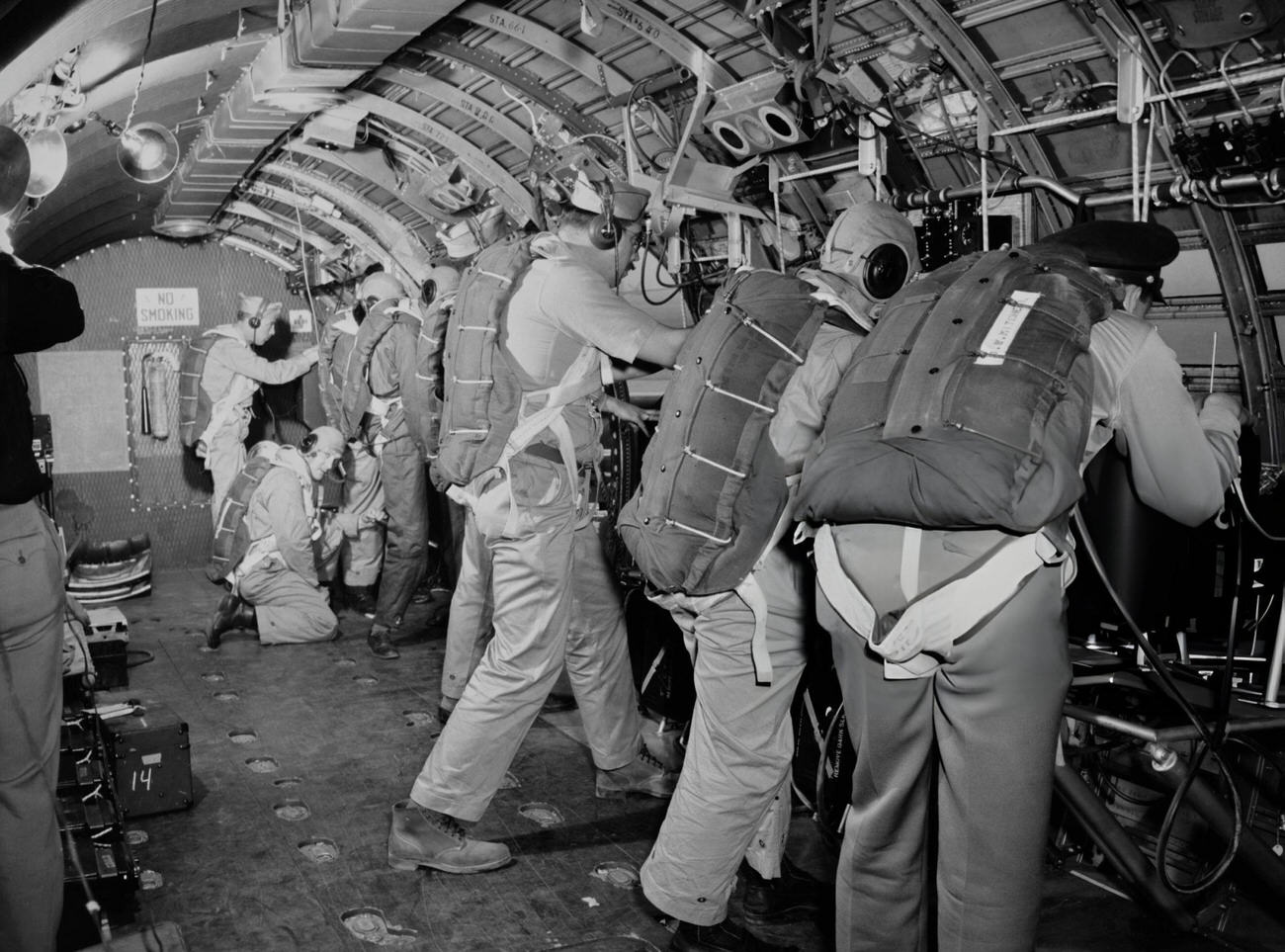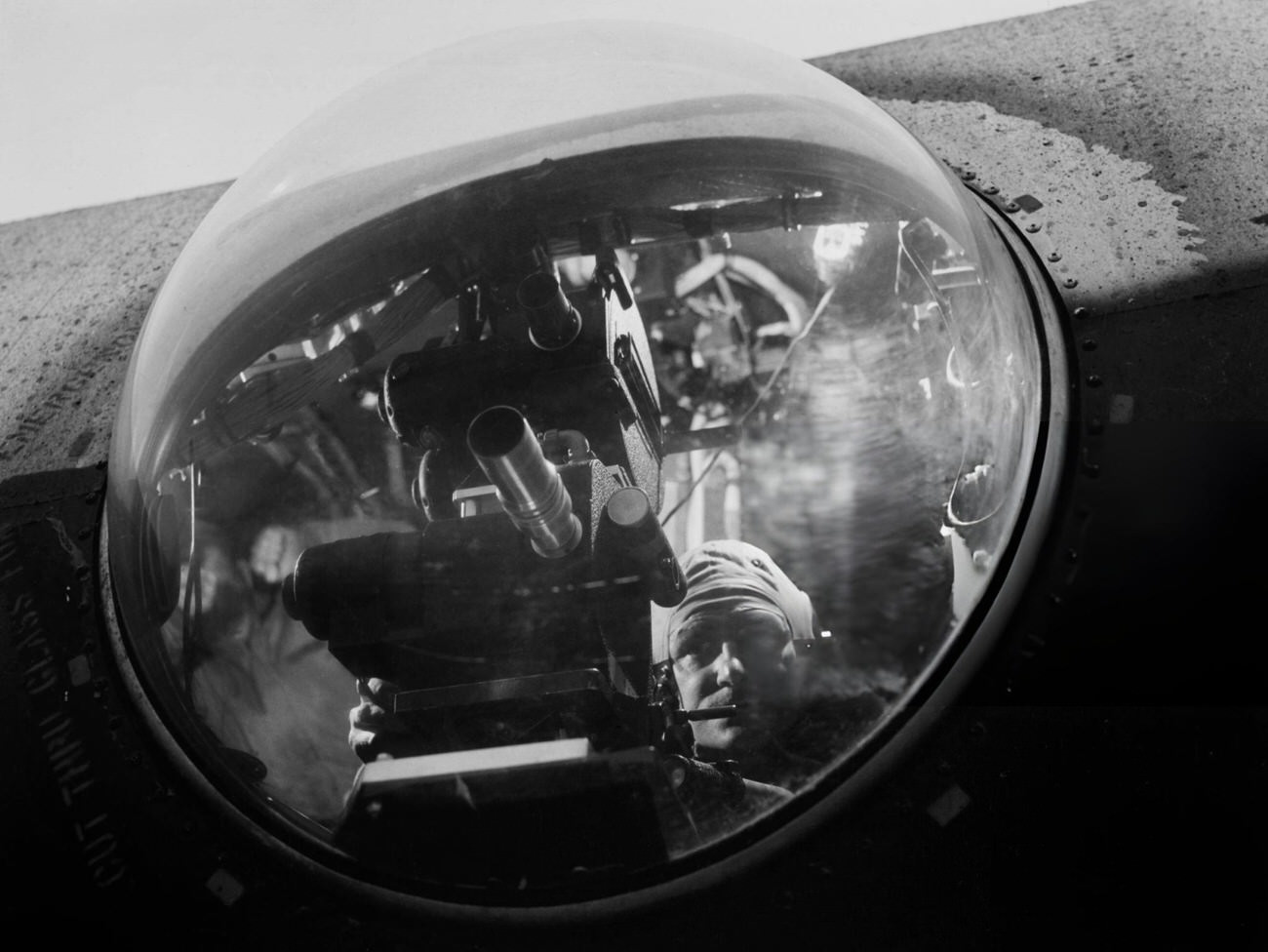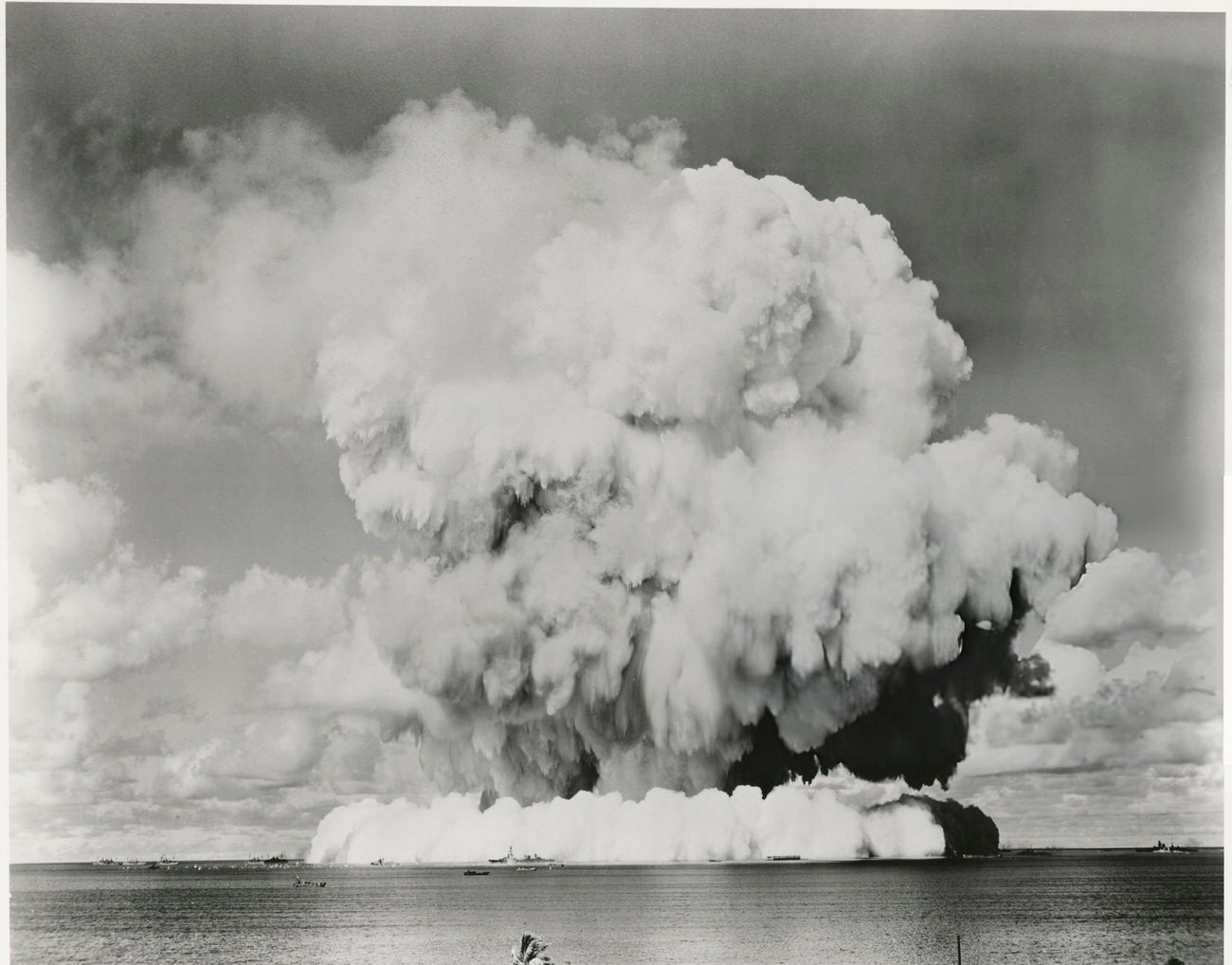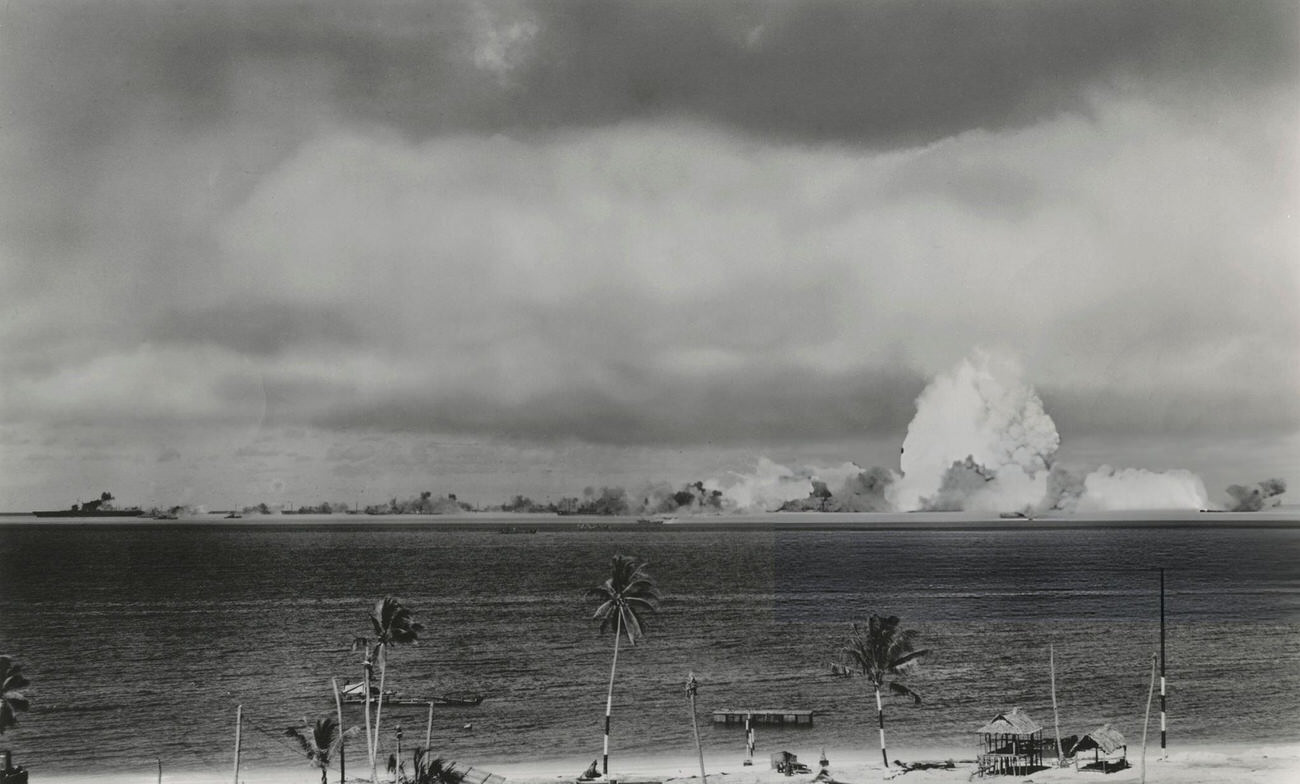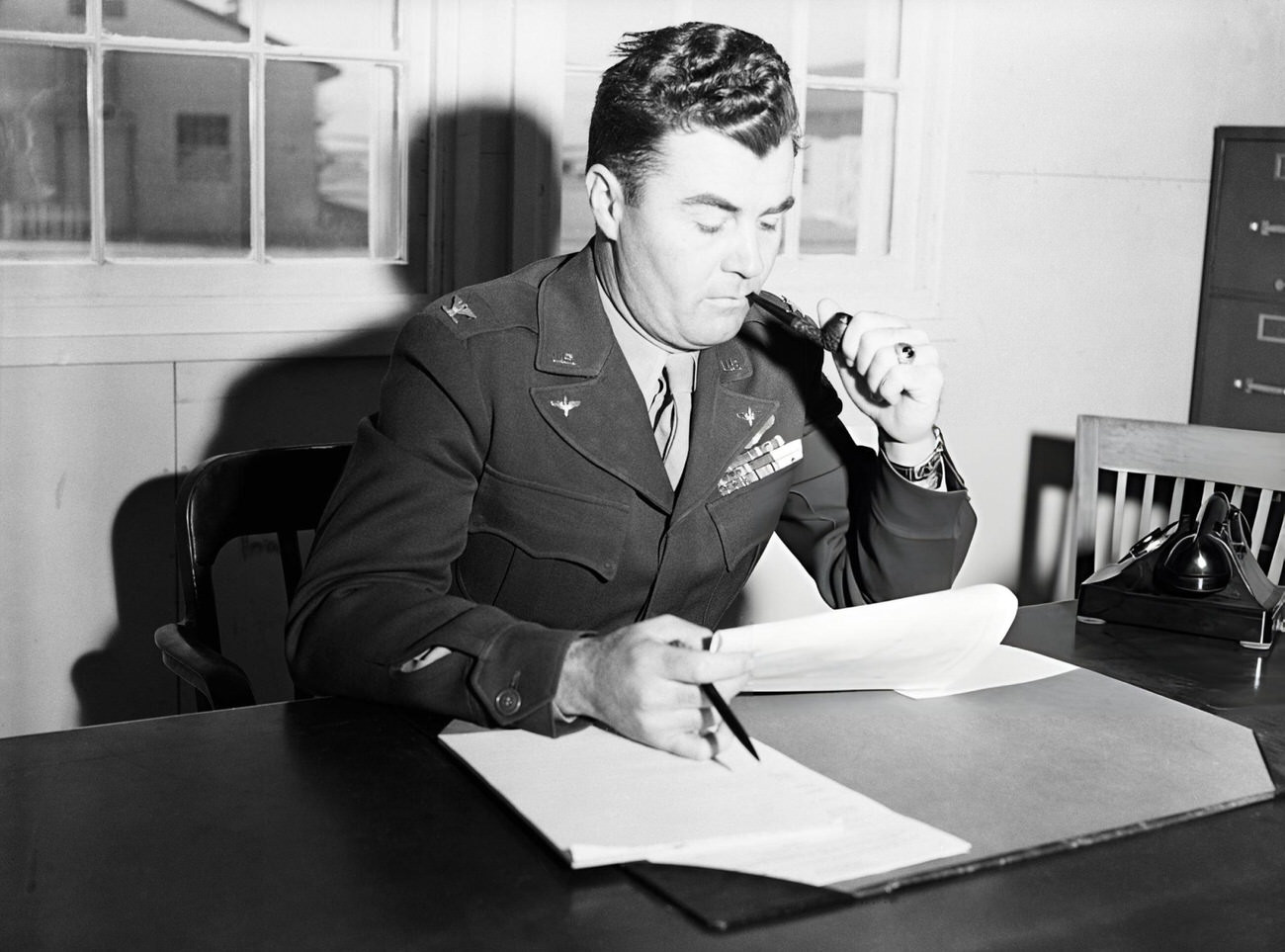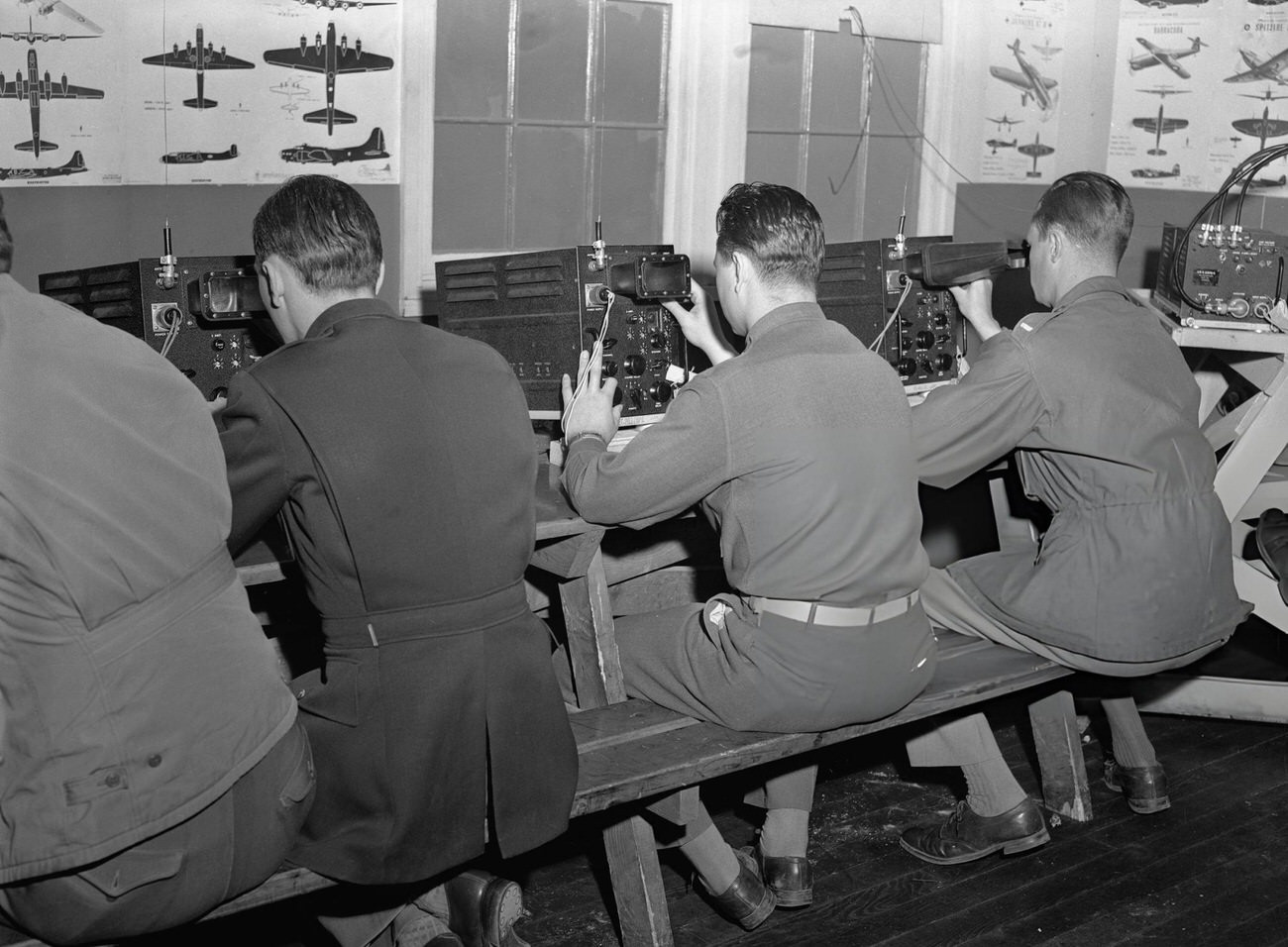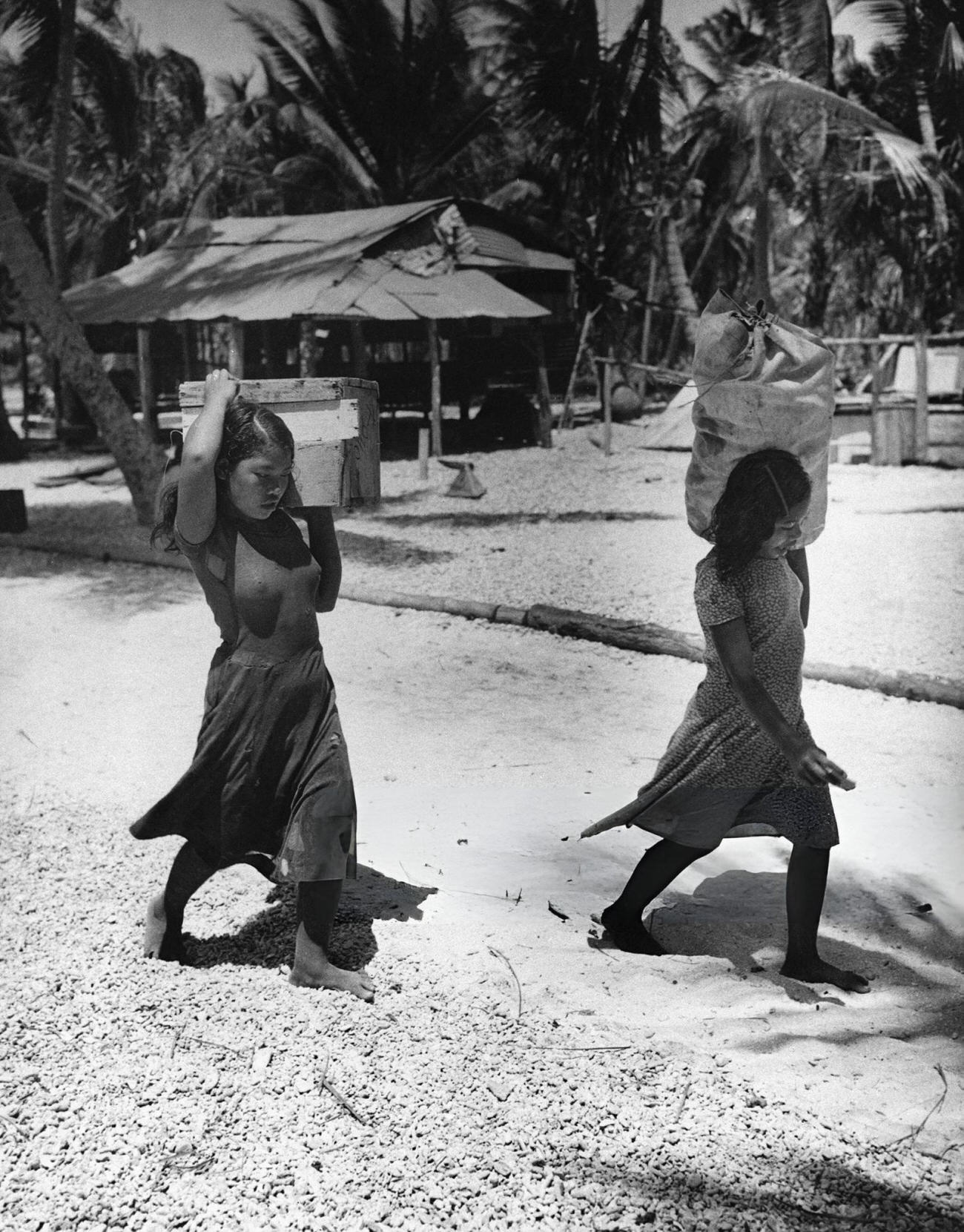In 1946, a significant event in history took place at Bikini Atoll in the Marshall Islands. The United States conducted a series of nuclear tests known as Operation Crossroads. One of these tests was an underwater detonation of a 23-kiloton nuclear weapon. This event had a lasting impact on the environment, the local population, and the understanding of nuclear weapons.
Background and Purpose
After World War II, the United States wanted to study the effects of nuclear weapons on ships, equipment, and military structures. The goal was to understand how nuclear explosions would affect naval fleets. Bikini Atoll was chosen as the test site due to its remote location and its suitability for large-scale experiments.
Before the test, the local population of Bikini Atoll, about 167 people, was relocated to the island of Rongerik. The U.S. government assured them that they would be able to return after the tests. The Navy then moved over 90 ships, including battleships, aircraft carriers, and submarines, to Bikini Atoll. These ships were placed in the lagoon to serve as targets for the nuclear explosion.
Read more
The Test Series: Operation Crossroads
Operation Crossroads consisted of two tests: Test Able and Test Baker. Test Able was an airburst detonation, which means the bomb exploded in the air above the target. This test took place on July 1, 1946. Test Baker, the focus of this blog post, was an underwater detonation that occurred on July 25, 1946.
The nuclear bomb used in Test Baker was similar to the “Fat Man” bomb dropped on Nagasaki, Japan, in 1945. It had a yield of 23 kilotons, which means it had the explosive power of 23,000 tons of TNT. The bomb was placed 90 feet underwater in the lagoon.
At exactly 8:35 a.m. local time, the bomb was detonated. The explosion created a massive underwater shockwave. A giant column of water, sand, and debris was thrown into the air, reaching heights of up to 6,000 feet. This column, often referred to as a “water plume,” was an incredible sight, showing the immense power of the nuclear explosion.
Immediate Effects
The underwater detonation caused significant damage to the target ships. Many of them were sunk, capsized, or heavily damaged by the shockwave and the subsequent waves generated by the explosion. The explosion also created a large crater on the seafloor, measuring over 30 feet deep and 2,000 feet across.
Radioactive water from the explosion rained down on the surrounding area, contaminating the ships and the environment. The radioactive fallout posed a serious hazard to anyone in the vicinity, leading to extensive decontamination efforts.
Human and Environmental Impact
The people of Bikini Atoll were promised that they could return home after the tests. However, the high levels of radiation made the atoll uninhabitable. The islanders were moved multiple times over the years, eventually settling on Kili Island. Their displacement and the health effects of the radiation had a profound impact on their lives.
The environment of Bikini Atoll was also heavily affected. The radioactive fallout contaminated the land, the lagoon, and the surrounding ocean. The flora and fauna were exposed to high levels of radiation, which had long-term effects on the ecosystem.
Scientific and Military Observations
Test Baker provided valuable data for the U.S. military and scientists. They studied the effects of the underwater explosion on ships, structures, and the environment. The test showed that underwater nuclear detonations could cause significant damage to naval fleets and contaminate large areas with radiation.
The information gathered from Operation Crossroads helped shape future nuclear weapons development and testing. It also contributed to the understanding of radiation and its effects on the environment and living organisms.
Even decades after the tests, Bikini Atoll remains contaminated with radiation. Although some cleanup efforts have been made, the island is still not safe for permanent habitation. The displaced people of Bikini Atoll continue to live with the consequences of the nuclear tests, struggling with health issues and the loss of their homeland.


